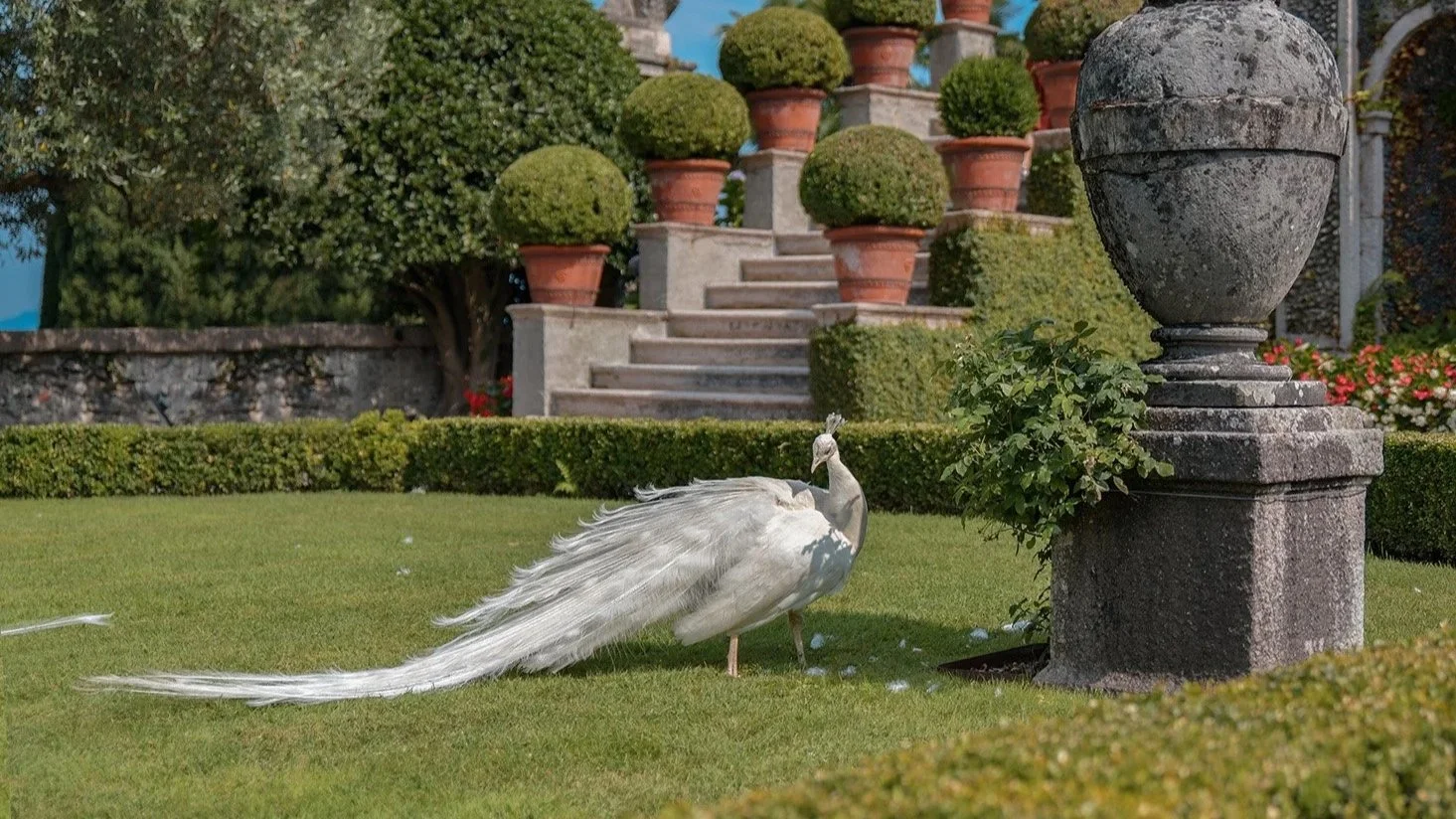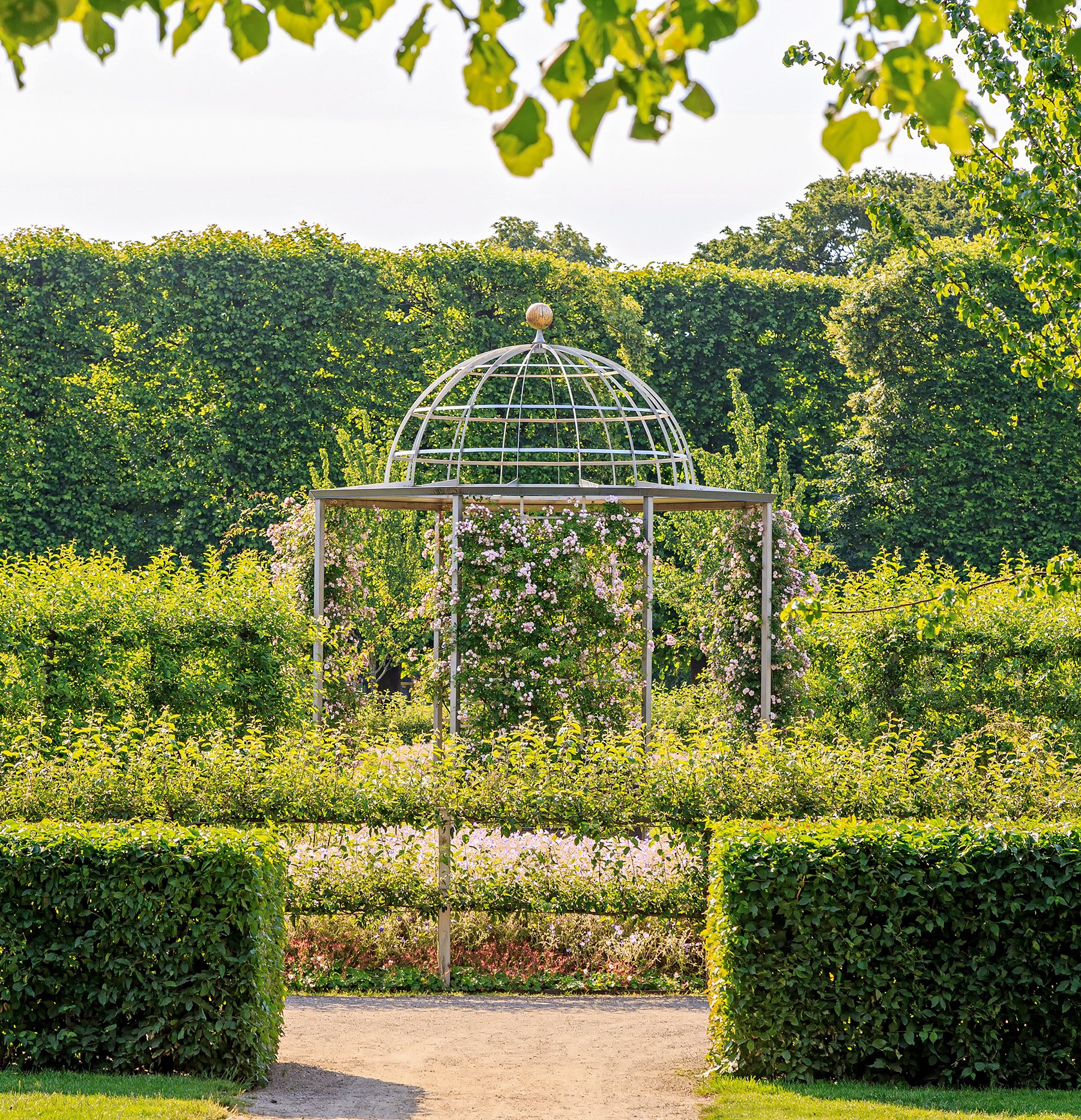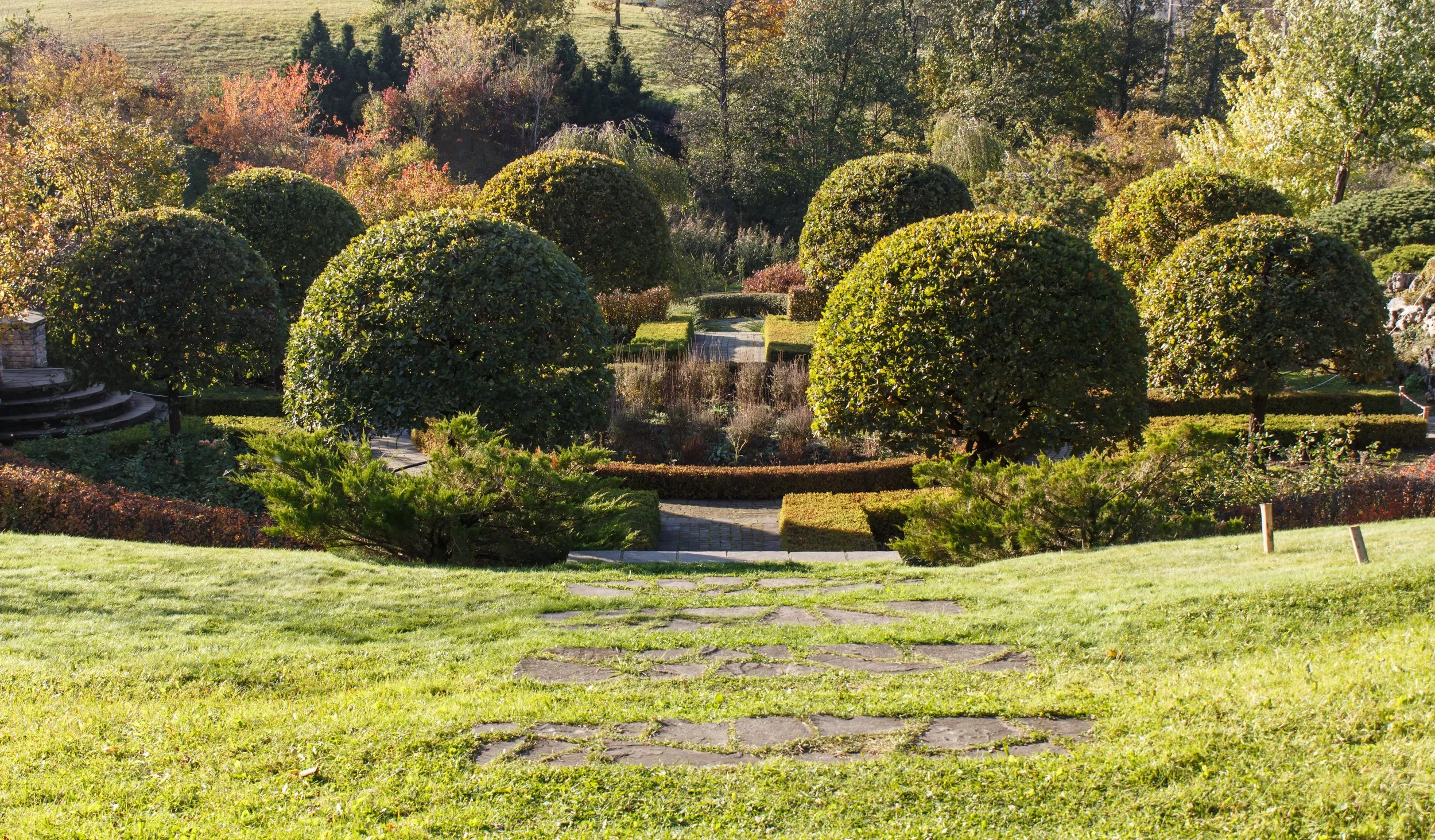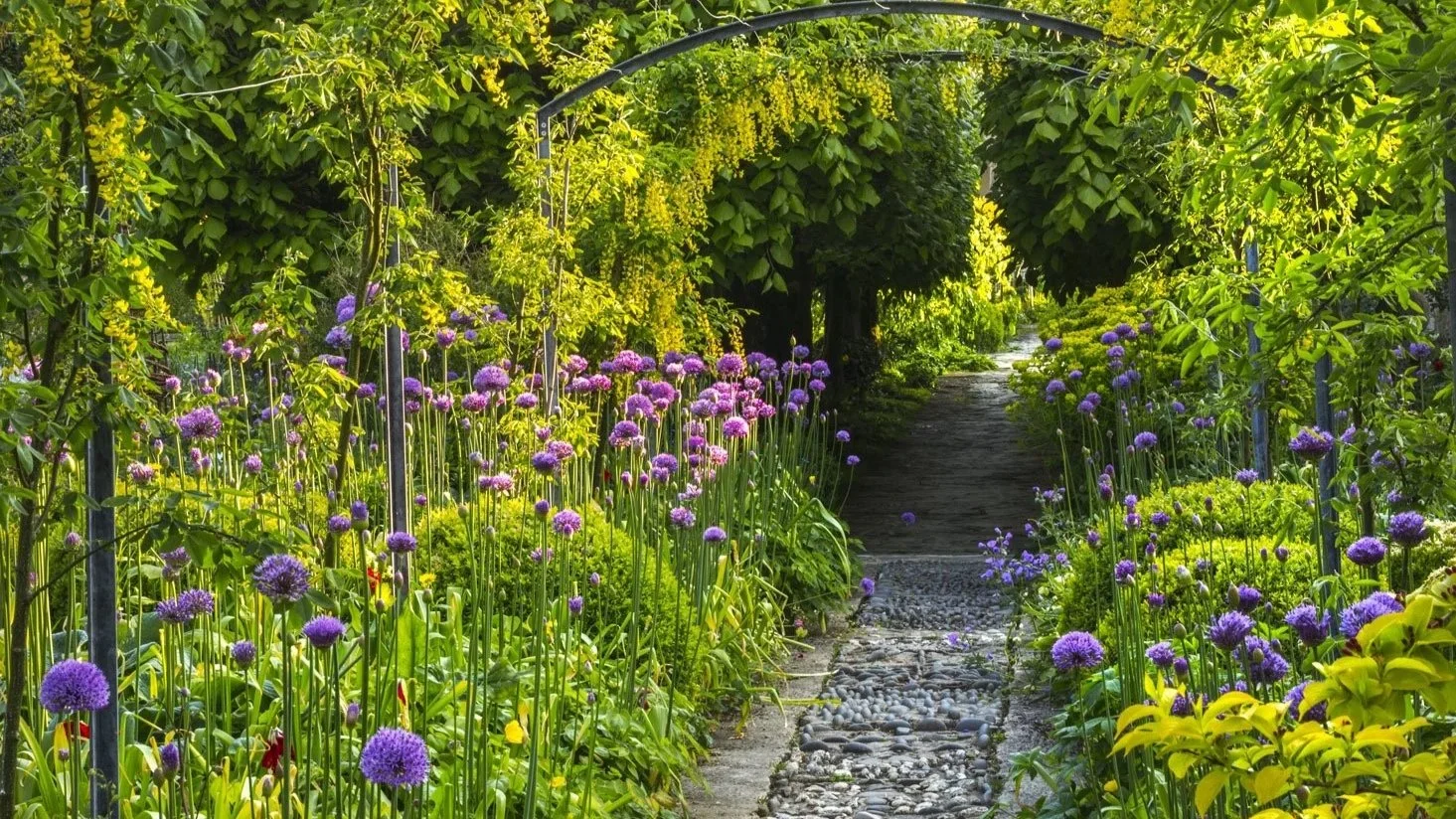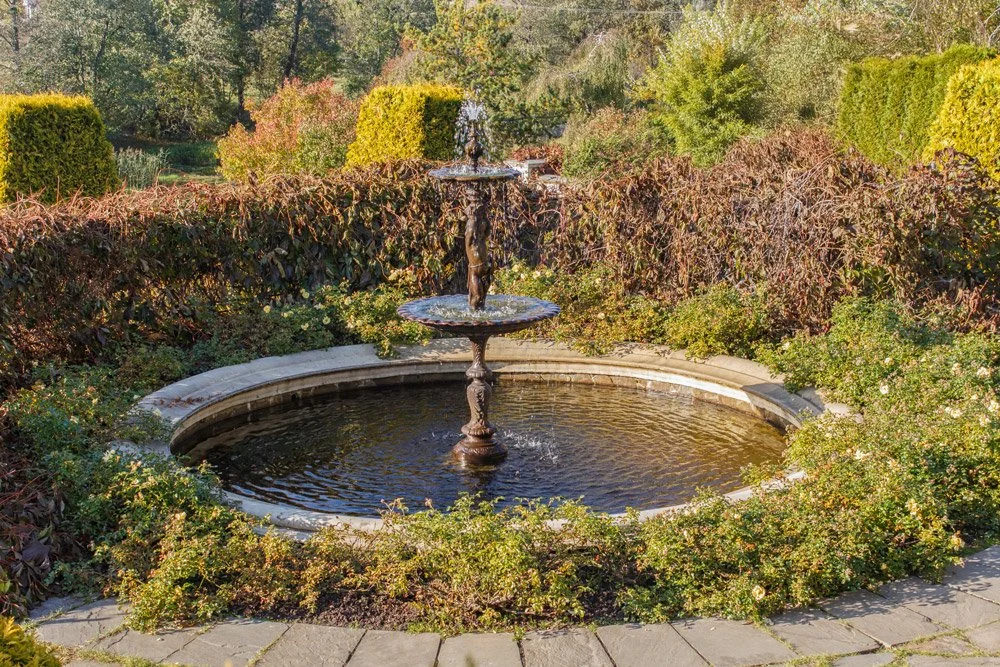Tips for Designing the Perfect English Country House Garden
Every English Country House feels more welcoming with a garden that enhances its character and beckons you outdoors. Whether your plot boasts expansive lawns or a compact village space, classic English garden design can transform your outdoors into a seamless extension of your home and identity.
As architects with a passion for country homes, we know that a garden is just as essential as the home itself. Here are some insights to help you design a garden you’ll cherish, no matter the size of your plot.
1. Harmony with the Home: The Architectural Connection
The best English gardens feel organically connected to the house they surround.
Echo Materials: Use local stone for paths, walls, or features that match or complement the house’s exterior.
A formal Georgian home suits structured parterres and symmetry. An Arts and Crafts home pairs well with an informal, natural style.
Design key views between the house and garden. Frame distant vistas with trees or create focal points for windows.
Planting trees or adding structures close to the home, particularly near windows, provides welcome shade and helps keep your home cooler in hot weather.
2. The Art of "Rooms": Creating Distinct Areas
Dividing your garden into distinct 'rooms' or zones makes even the smallest space more engaging and enjoyable. It invites exploration and discovery, and gives each area a unique purpose.
The Arrival: Start with a welcoming entrance – a gravel driveway, an elegant gate, or a path lined with fragrant lavender.
A terrace or patio acts as a natural extension of your home, offering a welcoming spot for outdoor dining and entertaining. Make this area feel relaxed and inviting with comfortable seating and potted plants. Add a pergola to support climbing plants and create dappled shade, blending comfort with natural beauty.
If space allows, a walled garden shelters productive plots of fruit, vegetables, and herbs. Even a small corner can hold raised beds.
Outside the immediate formal areas, envision a wilder zone; perhaps an orchard, a wildflower meadow, or a thicket of trees. This attracts wildlife and introduces natural beauty.
Place benches or a gazebo in quiet corners for more peaceful spaces. Use hedging, pergolas, or climbing plants for intimacy.
Water Feature: A pond, fountain, or even a simple bird bath adds sound, reflection, and attracts wildlife.
3. Making the Most of Any Size Garden
For Smaller Gardens (Courtyards, Village Plots):
Use walls and fences for climbing roses, clematis, or espaliered fruit trees. Add tiered planters and hanging baskets to incorporate more greenery without occupying valuable space.
Define Zones with Hardscaping: Use different paving materials, low walls, or raised beds to subtly delineate dining, lounging, or productive areas.
Strategic Planting: Select plants with prolonged seasonal interest, compact growth, and striking foliage or fragrance. Avoid species that might quickly overcrowd the area.
A decorative gate can hint at a larger garden, even if it leads to a shed.
For Larger Gardens (Acreage, Estates):
Strong sightlines and axial paths draw the eye toward distant features, such as a statue, a tree, or a view.
Blend your garden with the countryside. Frame views, prune trees to improve sightlines, and select plants that complement the broader landscape.
Plant tree rows for avenues or small groves. Choose native species for harmony and ecological benefit.
Think about your garden’s function, not just appearance. Plan for a croquet lawn, tennis court, large rose garden, or wild swimming pond with care.
Include spring bulbs, summer flowers, autumn colours, and winter evergreens. Design for year-round interest.
4. Water Features: Tranquillity and Wildlife
No English country home garden is complete without the soothing presence of water. Whether it's a classic stone fountain, a serene pond bordered by irises, or a simple rill trickling through the beds, water features bring a sense of tranquillity and movement to the garden. They reflect the sky, create peaceful sounds, and attract birds, dragonflies, and other wildlife, adding an ever-changing focal point to your outdoor space. Even a modest bird bath can provide charm and encourage nature to visit your garden.
5. The Plant Palette: Softening and Character
Choosing the right plants brings your design to life.
Classic Native Planting: Embrace cottage garden favourites: roses, delphiniums, lavender, foxgloves, and hydrangeas.
Create depth by placing tall plants at the back, medium ones in the middle, and low ones at the front.
Trees and shrubs add structure, shade, privacy, and year-round appeal. Select species that suit your local climate and soil conditions.
Native trees and hedgerows are excellent for boosting biodiversity, providing vital habitats and food sources for local wildlife.
Plan colour schemes carefully: white and green are serene; bold colours bring energy. Add fragrant plants, like jasmine by a window or roses by a path.
Designing an English Country House garden is a lifelong journey. Your garden evolves with the seasons, becoming more beautiful each year. By matching your garden to your home, assigning each area a purpose, and selecting beloved plants, you create a timeless outdoor space that's uniquely yours.

